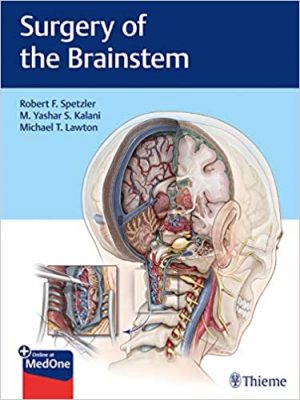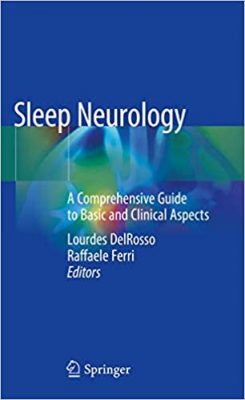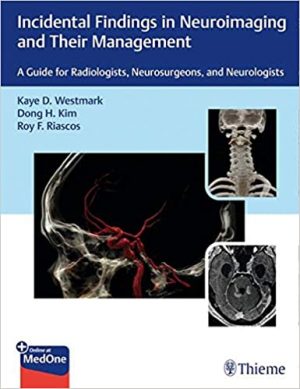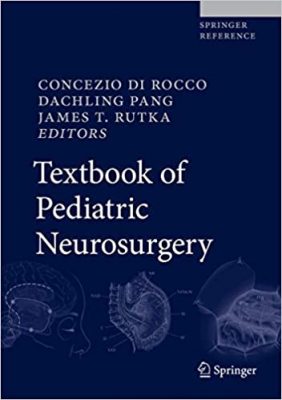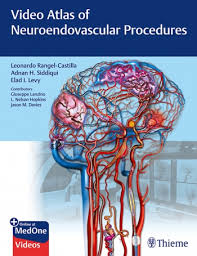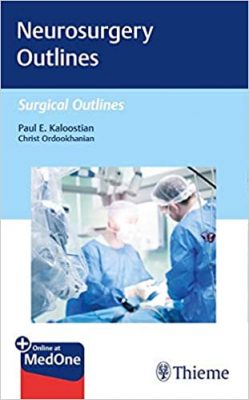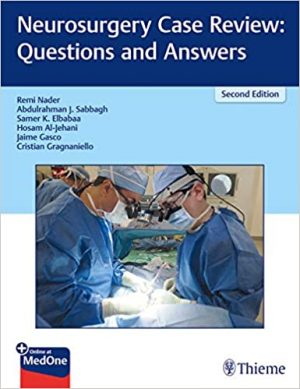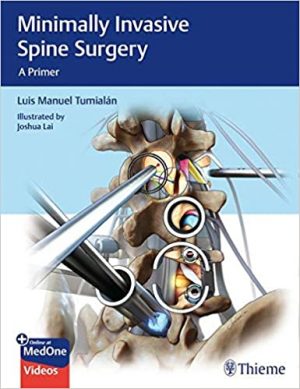The Spectrum of Neuroendocrine Neoplasia
The Spectrum of Neuroendocrine Neoplasia
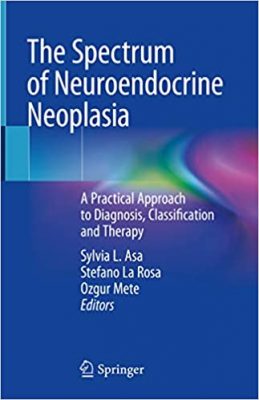
The Spectrum of Neuroendocrine Neoplasia
Neuroendocrine neoplasms comprise a large family of proliferative lesions that involve almost every part of the body. Our understanding of their cells of origin as well as the pathology, pathophysiology and genetics of these neoplasms has made tremendous advances in the last few decades. While they are often discussed as separate entities in textbooks of gastroenteropancreatic pathology and pulmonary pathology, their scope is much broader.
FOR MORE MEDICAL BOOKS VISIT EDOWNLOADS.ME
The book conveys the similarities and differences of these fascinating tumors that may be found from the hypothalamus and pituitary to the rectum, and in soft tissue as well as in many organs. Written by experts in the field, the authors emphasize their structural, functional, predictive and prognostic features and attempt to provide the clinical context that allows improved diagnosis and therapy while building on the genetics that clarifies patterns of inheritance and predisposition to tumor development through precursor lesions.
The Spectrum of Neuroendocrine Neoplasia provides a broad overview of neuroendocrine neoplasms using a practical approach to diagnosis, histological classification and therapy, and presents the most important and significant developments of the technologies used to diagnose, classify and treat them.
DOWNLOAD THIS BOOK


